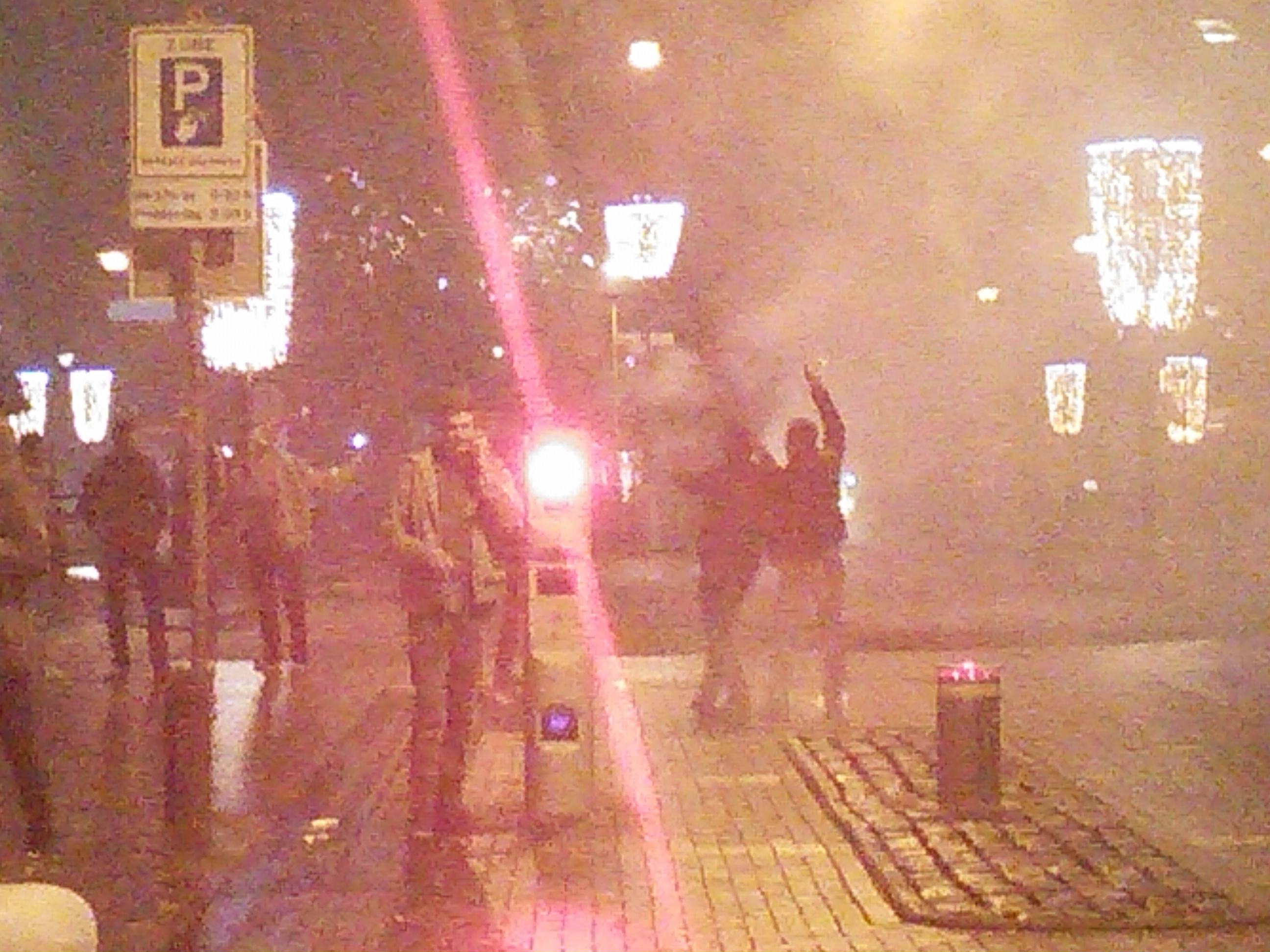
Uploaded on 2016-07-22 by Edgar Valdes
Five personal characteristics of a livable city Many indexes of the most livable city dedicate their time to opinions based on social criteria, environmental adequacy and economical neutrality. The interpretation for this kind of data becomes impersonal in such a way the answer has a tendency of desires over objectivity. This can be supported by the fact that only major cities are in the list letting the country side apart. Why a small city could not be a more livable one? Tracing a complete set of characteristics that could give equal footing between small, normal and mega cities can be a cumbrous activity. In order to do a light version, a more personal view can be useful as a starter. In this view the most important thing is not the crow opinion but the self-desire. The five personal characteristic is proposed and the described as follows: 1. Personal Livable Space (PLS): This encompasses the minimum 10 square meters needed for a single person lo live with enough space for a range of activities that goes from recreational to work. 2. Network Development Institutions (NDI): This category reflects the number of different institutions with different action topics that exist in the city. For example, all kind of schools relate to the topic education; whereas hospital, museums or cultural centers account for the topic health. 3. Monetary Canal Diversity (MCD): This number is formed by the different types of financial flows that can be found in the city. Formally is the number of industry sectors present in the city times the amount individuals participating on them. 4. Relation Activity Space (RAS): The concept for this metric is related to livable space. In contrast, relation space is the minimum 100 square meters needed for a group of 10 persons to develop common activities on a 1 hour event. 5. Territorial Personal Ratio (TPR): This amounts to the rest space made viable for non-human activities. In order to relate it to PLS a rule of 50 square meters is agreed. These characteristics can be used to set five most livable cities from an individual perspective. For the author this ordered set is: Guanajuato, Nijmegen, Ljubljana, Trieste and Poznań. Major cities mostly lack of some of this characteristic make them strictly not livable, even so, the tendency is to live in a city with good MCD at the middle age and move to a complete livable city on the elder years. As an example, taking Mexico City, a PLS is not fulfilled only if a up average financial flow is archived; this gives an specialization on the personal monetary canal making an adverse effect on the MCD. In a mega city –such as Mexico City- a NDI number is enormously big; giving enough means to create a complete RAS number even though a PLS number is not archived! Mostly these cities encourage using the most of the space for communal activities which at the end devours all the territory making the TPR number not achievable. To give conclusion livability is impossible from this set of personal or individual characteristics since fulfilling one can create an adverse effect on the other. In order to gain livability on mega cities, perhaps an approach on non-personal scope has to be discussed.